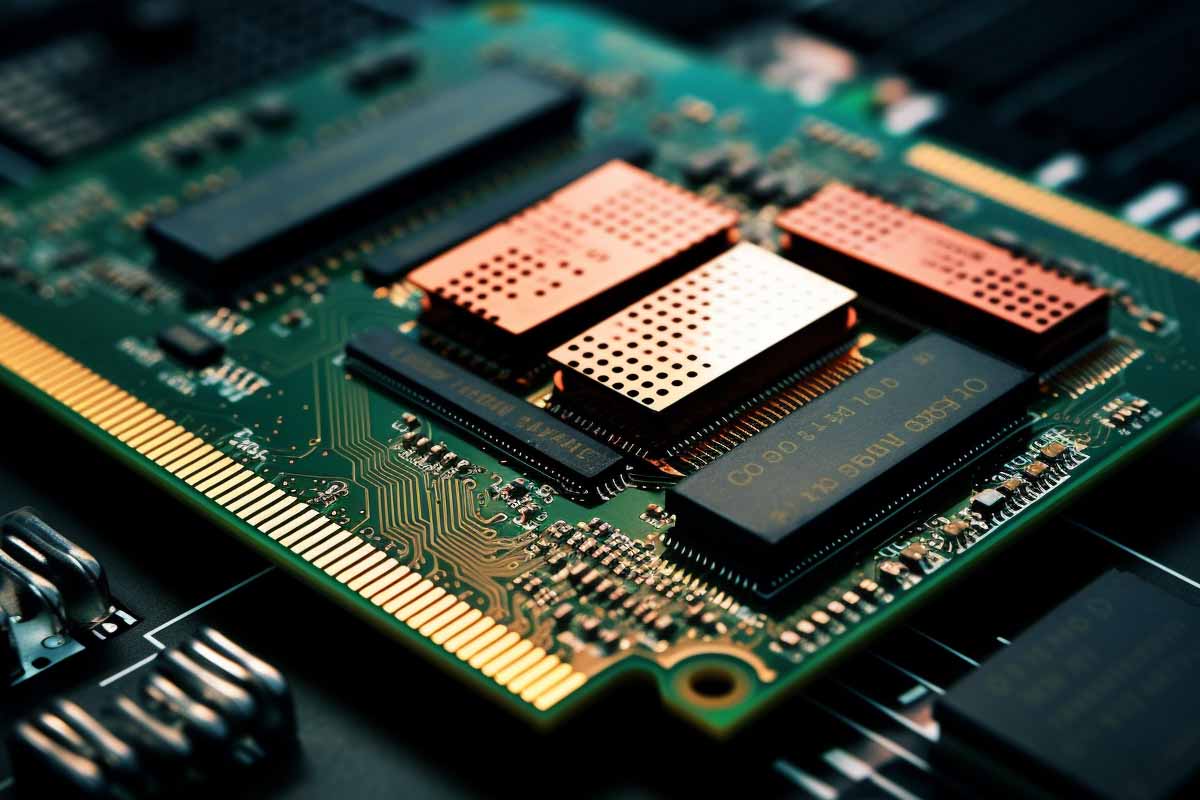What Is a Voice Command Device?
Definition: Voice Command DeviceA voice command device is an electronic gadget that interprets and executes spoken commands from users. It enables hands-free interaction with various technologies by converting human speech











